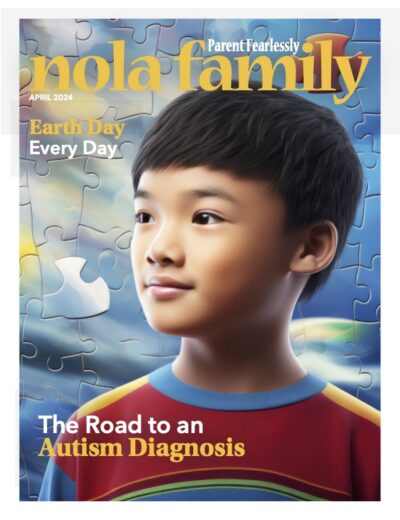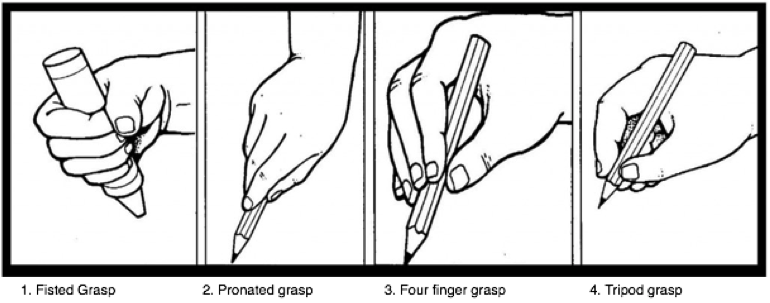
Establishing Fine Motor and Writing Skills
Giving a Helping Hand
With increasing exposure to technology and tablets and less time drawing, coloring, and playing, children’s development of fine motor and writing skills are negatively impacted. Because of this, children today continue to have more difficulty meeting fine motor milestones.
Some of these crucial milestones include establishing hand dominance and development of a tripod grasp. Often these milestones are overlooked as many parents eagerly await other major miliestones, such as walking and talking. Many parents are not aware of fine motor milestones, which are important for the development of fine motor skills. If you feel your child is struggling with meeting these milestones in an age-appropriate time frame, there arestrategies you can try at home before consulting with an occupational therapist.
Hand Dominance:
Some children show an early preference of handedness, however, for other children, hand preference comes at a much later age. In some cases hand dominance can be seen as early as 12 months, but should develop no later than age five. Delayed hand dominance can often indicate weaknesses in fine motor skills or strength. For example, if a child demonstrates a right-handed preference, but has weakness in that hand, as that preferred hand begins to fatigue she will switch to the non-preferred hand, whereas a typical child with adequate strength and skill would continue to use the preferred hand and further develop those muscles and coordination. A child that switches hands does not get the “practice makes perfect” effect with that dominant hand, and their fine motor skill development is impeded.
What can you do to help determine your child’s hand preference?
Crossing Midline:
Pay attention to your child and how they use their hands. Are they are using one hand more than the other for feeding and reaching tasks? Observe which hand they use to brush their teeth, and which hand they use to throw- are they more accurate or effective with one hand versus the other? Observe if your child is able to cross over his body with one hand to the opposite side of his body. This is called ‘crossing midline’ and is typically mastered by four years. When crossing midline is difficult, a child will often reach for an object with the hand closest to it, or most convenient, versus crossing over to reach with dominant hand. If your child cannot cross midline, achieving hand dominance will be difficult, as well as using both hands cooperatively. Another observation you can make is watching which foot your child leads with going up stairs, climbing, and kicking a ball. Often foot dominance coincides with hand dominance, and another way to help determine which side your child is leaning towards using.
Pencil Grasp:
Unfortunately, pencil grasp development continues to be negatively impacted as children are exploring less with crayons and pencils, and spending more time on tablets. Yet early experience with writing tools is imperative for grasp development. The natural progress in grasp development includes a fisted grasp (one year to 18 months), a pronated grasp (two years), a four finger grasp (three to four years), and finally a tripod grasp should be developed by the age of five (see picture). A tripod grasp is the most functional grasp that allows for greater precision to button and to control the pencil.
Ways to promote pencil grasp:
To improve grasp development provide short, fat crayons to your child. The short shaft of the crayon helps prevent a fisted grasp and force a more appropriate tripod grasp. Also, provide your child with a small treasure (such as a coin) in the hand to help keep ring finger and pinky tucked away in the palm when he uses a crayon. Another easy strategy is to provide vertical surfaces such as an easel, chalkboard, or large paper taped to wall, which in tripod grasp development. These vertical surfaces provide an excellent opportunity to help bend the wrist back appropriately into extension with tripod grasp, versus an immature forward wrist bend into flexion.
There can be other factors that may affect development of fine motor and writing skills. However, these two foundational abilities are a great start to observing and ensuring fine motor milestone achievement.
Kimberly Bradley, MS, LOTR, is a pediatric occupational therapist and owns Kim4Kids, LLC, in Metairie. 504.517.5437. kim4kidsnola.com.


